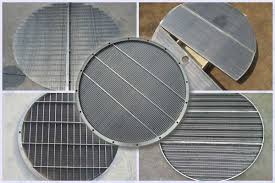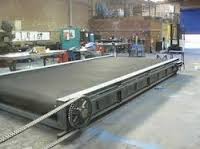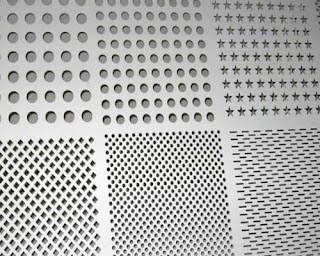Wire is a recommended feed material for diverse coating operations
because of lower material cost and easy handling. The wire operations are
usually featured by high deposition rates and great efficiency. The common
applications for thermal spray wire is the combustion wire process and wire arc
spray process which uses total pounds of wire per year when compared to
combustion wire.
The applications include the coating materials that can be developed
into a malleable wire.
The wire production process is what limits what
materials you can develop in thermal spray wire. The basic process includes
forging or hot rolling to a moderate size. The eventual processing needs cold
drawing uses hardened dies that also includes heat processing procedures to
avoid cold process from the drawing process. In case of extremely hard or
brittle material for cold drawing, it may not as thermal spray wire.
Wires are classified as base material, the metal that is predominant in
wire. The wires for electric arc and combustion spray includes aluminium,
cobalt, copper, iron, molybdenum, nickel, zinc and tin. Titanium wire is used
for electric-arc spray however not combustion arc spraying as titanium has a higher
melting temperature that is available with combustion spray. Lead wire is
recommended for combustion spray however not electric-arc spray due to low
electric conductivity of lead.
A key factor is the wire size. In various industries, wire sizes are
usually expressed as gauge. Although, there are several conflicting definitions
of gauge, wire gauge, US standard for stainless steel. AWG is utilized for
non-ferrous wire and SWG is utilized for ferrous wire. As it is important to
have a close match between the thermal spray gun set-up and the wire size, it
is preferred that wire size is specified in mm instead in gauge.
Wire feed for spray systems
Wire feed is crucial for any wire based thermal spray operation. A
single wire feed is preferred for flame spray systems while twin wires are
specifically utilized for electric arc spray systems. The generic wire produced
for other industries can cause major grief. Standard industrial wire may have
surface scaling that result to wire feed jams, extensive wear of feed
components and result to inclusions in the final coating. Additionally, other
industries may not be related with offering wire rolls free of kinks, weld
joints or other characteristics that could lead to feed issues. Many wires have
lubrication added to the surface during the even spooling process. The level
winding process is used during the spooling process that is a method of wire
coiling on the spool so it is wound single level layer.
In establishing the wire feed system, sufficient space is required to
permit for free wire feeding without binding. It is particularly essential for
wire guns that utilize a pull drive only. The wire-straightener system in the
feed is also advantageous for smooth and trouble-free thermal spray operation. When
wire is wound, it releases the spool without getting tangled.
Moreover to solid wire, there is certainly hollow wire filled with
powder. These are recommended as cored wires in that they have a hollow core
filled with powder. These are preferred as cored wires in that they have a
hollow core filled with powder.














